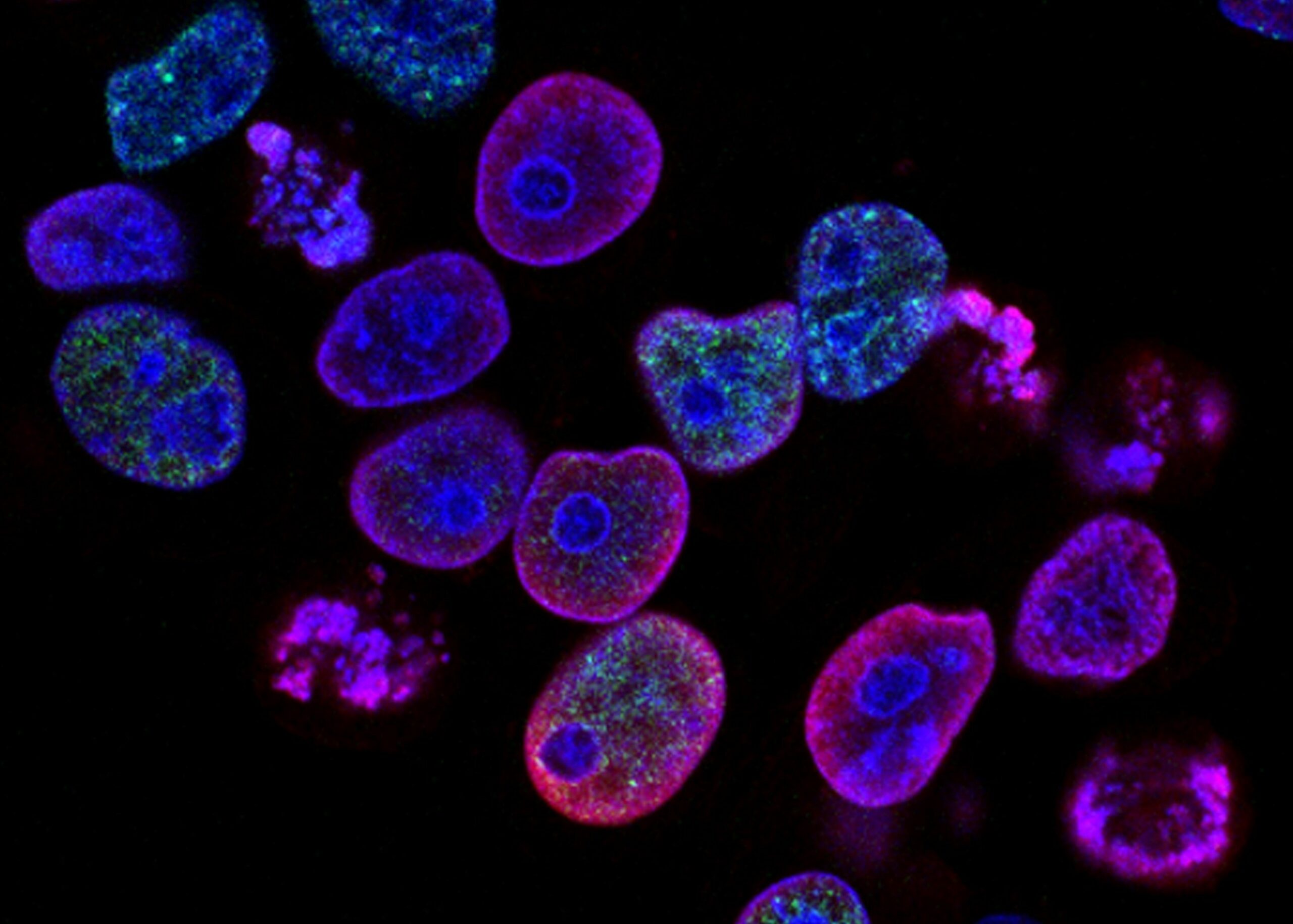Artificial Intelligence (AI) is widely recognized to have addressed some of the pressing issues in healthcare. AI-related case studies cover a range of cases from connected devices and electronic health records to enhanced diagnostics and robotics. At the same time, the adoption of AI has led to increased risks, especially when it comes to privacy and security. In today’s article, we will consider the state of the art with AI in the healthcare sector and what threats and gains exist in 2023 in this regard.

“By 2025, we expect more than 30% of new drugs and materials to be systematically discovered using generative AI techniques,” – says Brian Burke from Gartner. AI has reduced both the costs and time for medicines discovery as it requires between 9.15 to 15 years at the costs of $2.6 billion on average for one drug development. Based on criteria and constraints indicated by a researcher, AI identifies novel treatments and drugs with the analysis of data from plenty of sources, including databases, patients records and clinical trials data. Traditionally, more than 5,000 molecules are required to be physically synthesized to receive one single molecule for clinical trials. AI-assisted technology allows researchers to virtually generate molecules to advance the most viable ones to be clinically tested. AI-driven solutions are also capable of failure detection in production lines and thus enhance drug manufacturing quality with 25% of inspection costs and 10% of annual maintenance educed.
In 2024, AI is becoming more pervasive in terms of diagnostics and more personalized treatment. Much has said about the transformative impact AI has on medical imaging and associated diagnosis support. Currently, AI is mastering the diagnostics of diseases at earlier stages to ensure better treatment outcomes. For instance, the use of AI solutions is expolered in healthcare software development sector to identify sepsis, a deadly blood disease. In particular, the research is about the potential of AI to analyze biomedical literature and extract relevant information related to sepsis to identify patterns and insights, to diagnose sepsis and identify relevant types of medical interventions.
![]()
Recently, there has been a study in the U.S. how an AI-driven assistant increases productivity of customer support workers by 14 percent with newcomers and inexperienced workers benefiting from it. These findings are measured by the number of customer issues resolved hourly. The AI-based virtual agent augments agents making suggestions on what to reply. Thus, AI can bring more operational efficiencies to the medical administrators and reduce the administrative caseload.
That being said, novel diligence standards are required to ensure that a massive amount of sensitive medical data is safely processed by AI tools. Medical organizations need to define guidelines and monitor compliance with them by their respective staff. Relevant policies on how to ethically use AI-generated patient data will mitigate risks and ensure effective internal data management that excludes unauthorized data access while patients know how their data is used. It all goes without saying that as medical data is collected automatically without human interventions, security and privacy issues associated with the use of AI should be addressed as early as possible before they turn into huge problems.

In 2024, Artificial Intelligence solutions will continue to penetrate into the healthcare sector – albeit slower than in other industries – and bring high-tech breakthroughs to medical organizations. However, medical services providers should harness AI potential responsibly and be prepared to mitigate related risks.
Also, Read The Following: realm scans.


